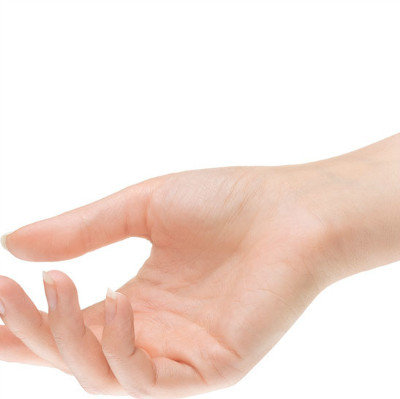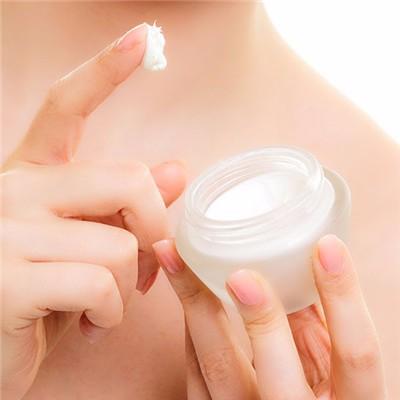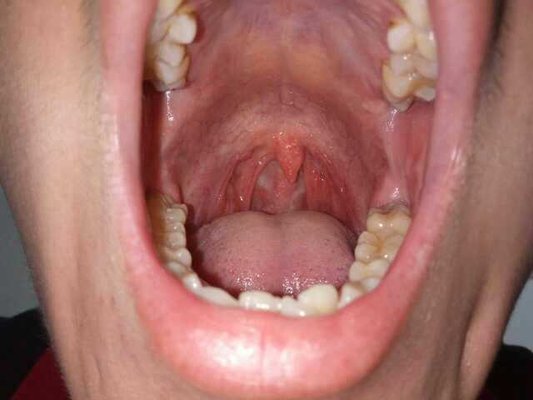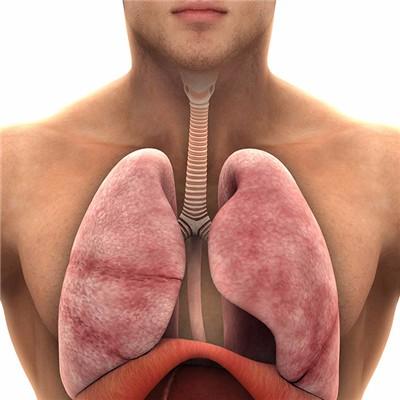How is palmoplantar caused?
summary
Palmoplantar keratosis is a group of chronic skin diseases characterized by palmoplantar skin thickening and hyperkeratosis, also known as palmoplantar keratoderma. This disease includes two types: hereditary and acquired. Most of them are hereditary diseases, mainly manifested as keratosis of palmoplantar skin. How is palmoplantar caused? Next, I'd like to share my views with you.
How is palmoplantar caused?
First, most of them are autosomal dominant inheritance and a few are autosomal recessive inheritance. Palmoplantar keratosis can be found in psoriasis, eczema, tinea manus and pedis, lichen planus and other skin diseases, visceral organ cancer and the application of arsenic.

Second, the etiology varies according to the type of disease, such as palmoplantar keratosis in menopause and palmprint punctate palmoplantar keratosis; Arsenic palmoplantar keratosis is related to arsenic exposure; And psoriasis, chronic eczema, pityriasis rubra and other diseases can also appear the performance of palmoplantar keratosis.

Third: the incidence rate of this disease is more than that of the onset of birth. It is common in both palms and soles. The skin of the whole palms and plantars is horny, hypertrophic, hard and yellowish. There is a clear boundary on the side of the plantar, where the skin is slightly red.

matters needing attention
To protect the wound, when the cuticle falls off, the edge should be tilted, and the scab should be gently and carefully trimmed with scissors to prevent the shed scab from stimulating the newly repaired skin. In addition, dress should be loose and soft, reduce friction and stimulation, keep the environment clean, reduce the chance of infection, diet should be light, avoid spicy food, pay attention to keep warm, etc.

















